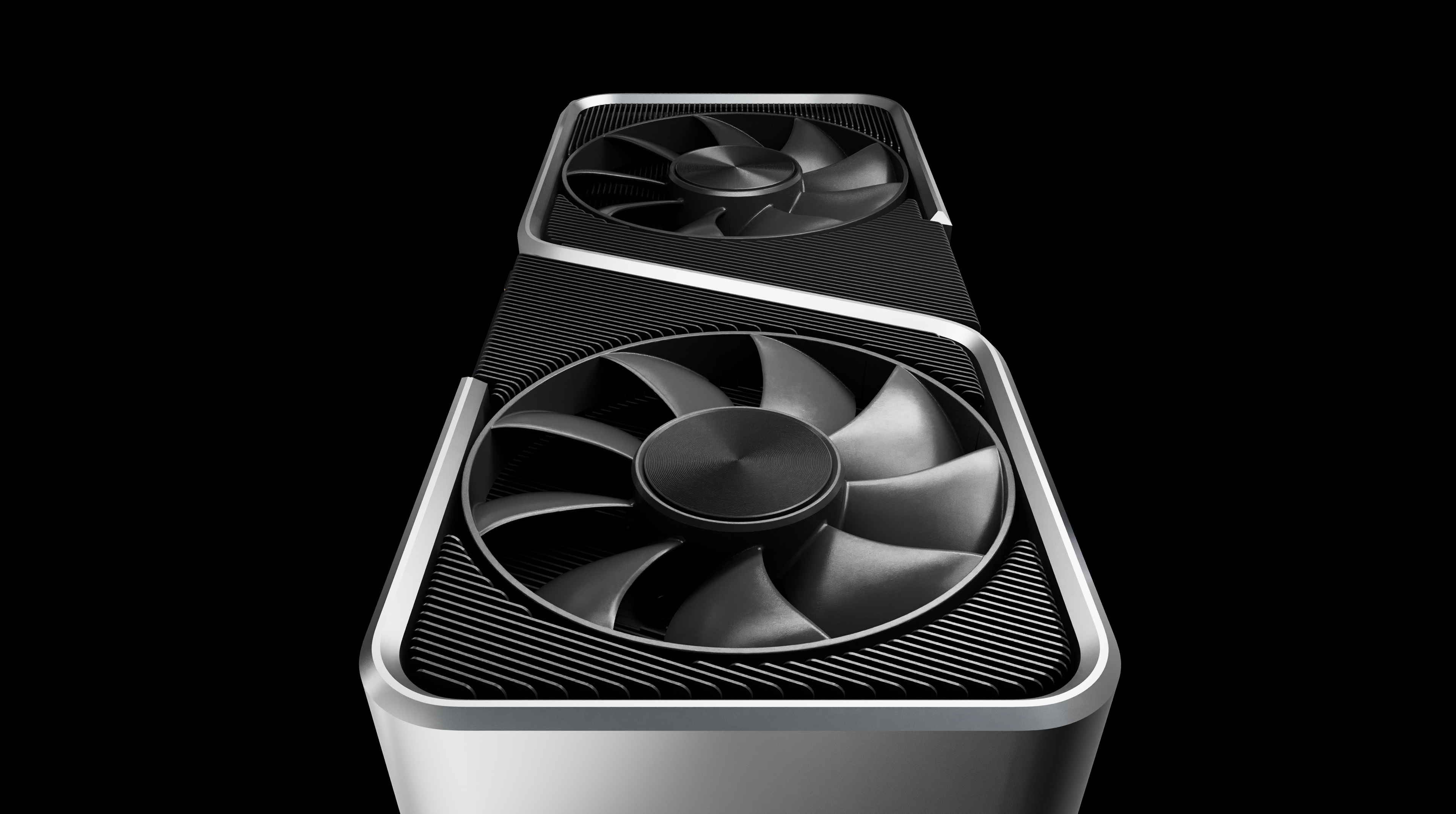
Being the only maker of GDDR6X, Micron has been the primary supplier of GDDR memory for Nvidia since mid-2020 and will continue to be for at least a year. But with next-gen GDDR7 around the corner, the situation may change, and the company is already evaluating Samsung's GDDR7 components with the aim to use it with its next-generation GeForce RTX 50-series graphics products, reports BusinessKorea.
Samsung has been particularly vocal about GDDR7 in the last year or so and introduced the industry's first GDDR7 chips in mid-July. Samsung has already begun to ship GDDR7 samples to Nvidia "for the verification of its integration into next-gen systems," the report asserts. SK hynix is not far behind, with plans to finalize its own GDDR7 technology within this year, BusinessKorea reports. By contrast, Micron only said that it would introduce its first GDDR7 offerings in the first half of next year.
The report suggests that given the timeline of GDDR7 introduction by leading DRAM makers, Nvidia may lean towards Samsung's and SK hynix’s offerings for its next-gen GeForce RTX 50-series graphics processors. There is a catch, though. Nvidia is interested in mating as many GDDR IC models with its GPUs as possible in order to encourage competition between DRAM suppliers and ultimately make GeForce graphics cards cheaper.
For now, Micron will remain the sole supplier of GDDR6X, which is used by Nvidia's range-topping GeForce RTX 4080 and 4090-series products, which are among the best graphics cards money can buy today. But the focus on GDDR7 by Samsung and SK hynix signals a shift in the competitive landscape of the GDDR market as there will be three suppliers to offer GDDR memory for Nvidia's next-generation high-end GPUs codenamed products, not one, like in the case of the GeForce RTX 30 and RTX 40-series.
GDDR SGRAM is crucial for gaming graphics cards, and these types of memory are particularly lucrative for DRAM makers like Micron, Samsung, and SK Hynix. The total available market of GDDR memory is expected to expand from $3.2 billion in 2018 to $4.8 billion by 2030, according to Industry Growth Insights.







